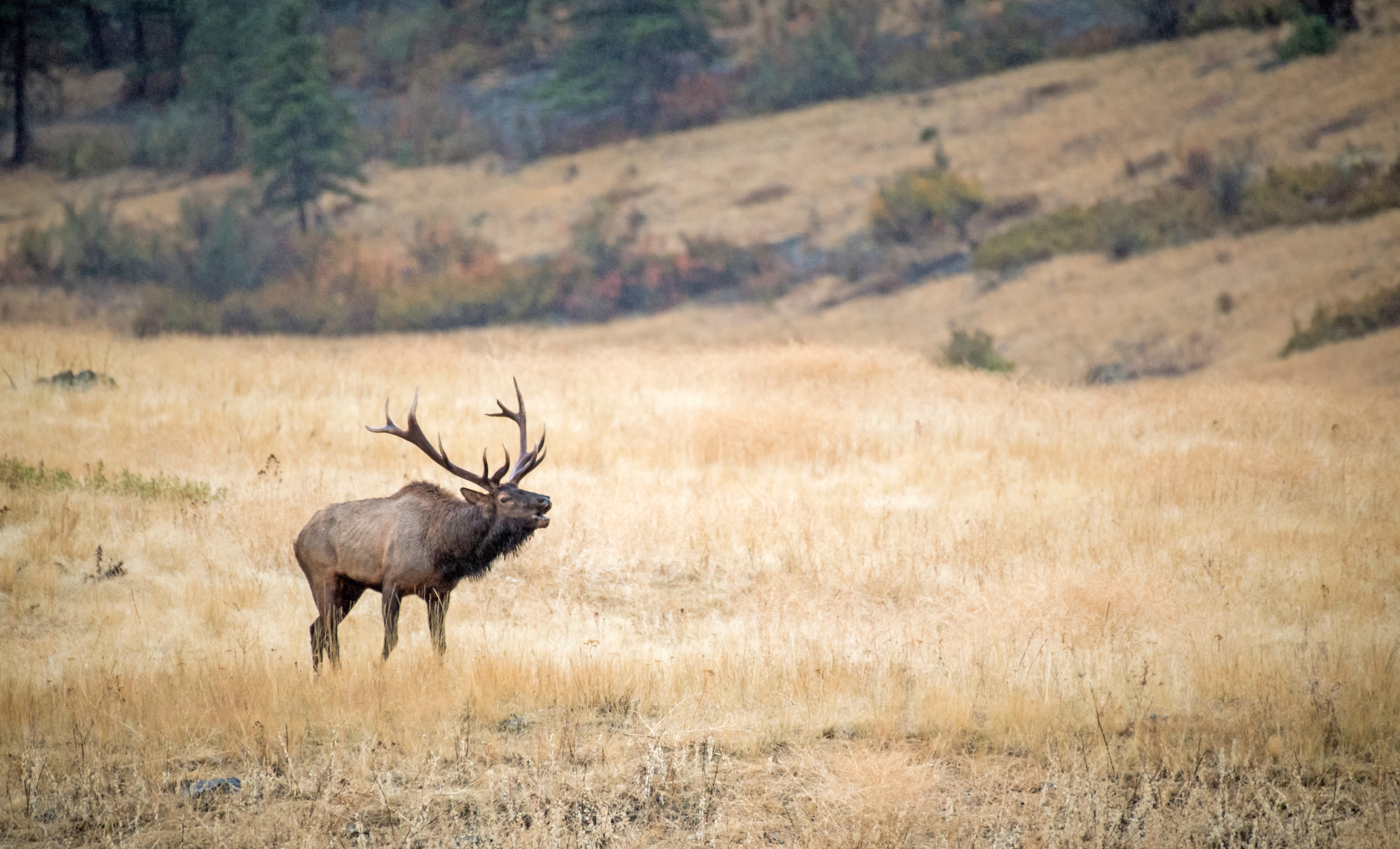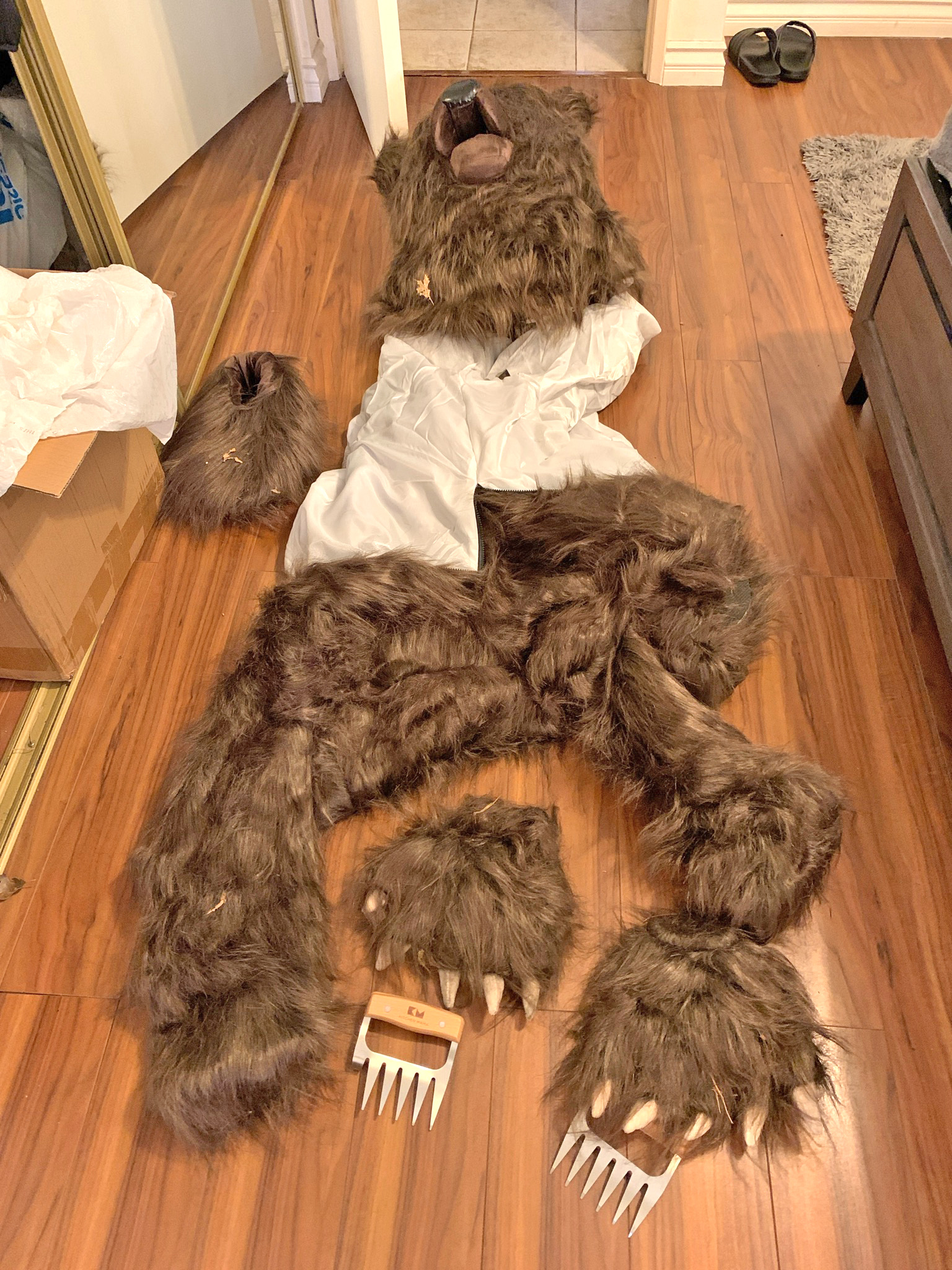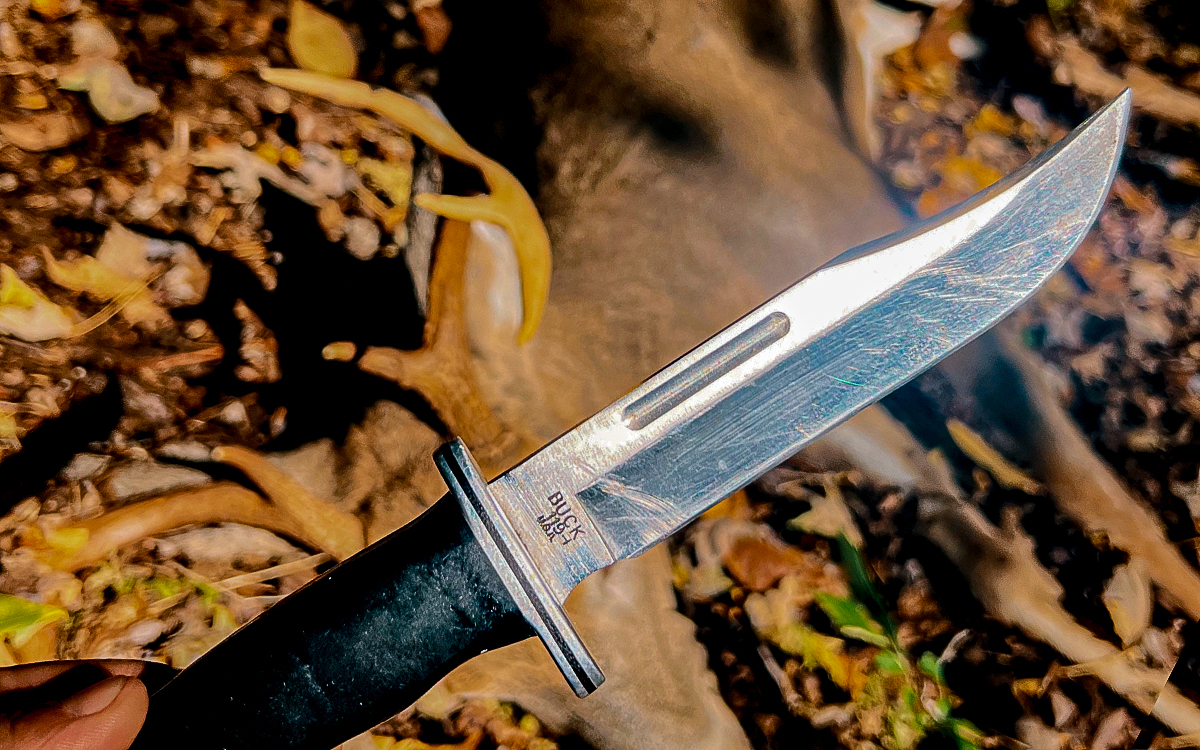How to Call Elk: Advanced Tips and Tactics

All elk hunters dream of a screaming bull that charges across a meadow and into bow range, hot steam still flowing from his nostrils. After all, calling in a bugling bull (or even just getting a response from one) is what makes elk hunting so thrilling. But learning how to call elk is about more than just figuring out how to sound like an elk from watching YouTube videos (though this is a good idea for newbies).
To call elk effectively you’ve got to understand their behavior. You’ve also got to understand that unless you’re hunting prime private ground, your interactions with vocal bulls is probably not going to look (or sound) like it does in so many hunting videos. You’re going to have to be subtle, tactical, and your calling will have to be well timed. Below is advice from two expert elk callers and veteran elk hunters that will help you call a bull into range.
Bull Elk Have Gotten Tougher to Call
I’m a Montana outfitter who specializes in elk hunting. In the off-season, I’ve participate in hunting and calling seminars throughout the West. Over the first three months of 2004, I conducted more than 30 seminars for the International Sportsman’s Expositions in places such as Denver, Salt Lake City, and Phoenix. These cities are all near excellent elk-hunting areas, and, as might be expected, the local hunters who attended know their way around the high country. I surveyed the audiences during these seminars, asking each one the same question: “How many of you think elk are harder to call in today than they were ten years ago?” Regardless of the venue, almost everyone raised his hand. After watching a few thousand hands go up last winter, I concluded that calling was becoming a self-defeating enterprise for many hunters.
Despite the progress made by manufacturers in perfecting calls that sound more like an elk than an elk, hunters don’t have it any better. In fact, I suspect that the ease with which most hunters can duplicate genuine elk sounds using modern calls has led many of them to call too much.
Read Next: Best Elk Calls
I was a judge at the World Elk Bugling competition a couple of years ago. Sitting behind the curtain, I was amazed by what I heard. Many of the callers made realistic sounds that no doubt would have fooled any other hunter into believing that an elk was in the woods. As I listened, however, I noticed a trend in the calling. Some of the callers were executing very long, drawn-out bugles. I even timed a few bugles and grunts and noticed that some of the calls lasted 10 to 15 seconds. It would be hypocritical for me to say that I never called like that when I competed in calling contests a few years ago. However, calling to impress judges and calling to draw elk are two different situations. —Chad Schearer
Hunters Bugle for Too Long
To answer the question, “Are hunters calling longer than elk are calling?” I decided to go to the elk. After all, they are the experts. During the last two hunting seasons, I did my own research by timing bulls bugling in the woods. A theory started to develop in my mind. Before I came to a conclusion, however, I purchased an elk-hunting video and with my stopwatch in one hand and the remote in the other, I played the video and timed the bull bugles and grunts. What were the results? Elk bugles made by bull elk are much shorter in duration than most hunters probably realize. For example, in Knight & Hale Game Calls’ Ultimate Elk Hunting video, of the 36 bull bugles I timed, the average duration was 3.12 seconds.
My experience and the video proved to my satisfaction that, on average, a bull will only bugle for three to five seconds, and it is not uncommon to hear bulls bugle for less than three seconds. Considering that today’s elk receive a good deal of hunting pressure, and probably have heard a lot of hunters calling to them in bugling season, it makes sense for hunters to shorten their calls and make the most realistic sounds they can.
While practicing your bugling for the upcoming season, time yourself. You might be surprised by just how long you make an individual call last. A shortened, properly executed bugle sounded at the right moment could make the difference.
Be Ready for Bulls That Come in Quietly
Every gobbler that a turkey hunter yelps to doesn’t come on the run, double-gobbling. The same is true in elk hunting. Not every bull is going to announce his imminent arrival, even if he is headed your way after you bugle or cow-call to him. Tom Schulze, of Sangre de Cristo Outfitters maintains that the older a bull is, the more likely he is to come in quietly.
“I believe the old bulls that are on their way down in antler growth will sometimes have a silent rut,” says Schulze. “Such bulls especially will come in silently on a hunter who is cow-calling, without ever once making a vocalization.”
Consequently, it’s always a good idea to watch your back when calling, because silent bulls will come in when you least expect it.
Tune in to other sounds when you think you’re dealing with a silent bull. If you’re fairly sure he’s coming but you haven’t heard him in a while, listen for the sound of squirrels barking. Just as squirrels bark at you when you cross their path, they also bark at elk that stomp through their territory. Listen for the sounds of an approaching bull breaking limbs underfoot as he walks, destroying a sapling or generally raising a fuss as he moves closer.
Tone Down Cow Calls
Over the last few years the trend among elk callers has been to do more cow-calling and less bugling. But you might still let bulls know that something is amiss if you do too much cow-calling. How much is too much? Every situation is different, and what might work one time might not work as well the next. One surefire way to bring in more bulls is to sound like one or two different cows. If you’re hunting with a partner, spread out and call softly back and forth to each other. If you’re hunting alone, use two calls that sound different from each other, and move a bit from side to side between calls.
However, the last thing you want to do is call continuously or, by varying calls, sound like an entire herd of cows. When you believe the distance between you and the bull has been cut to 500 yards, make one or two more soft cow calls. Then shut up. If you and your partner continue to cow-call too aggressively and sound like 10 different cows as a bull comes in, the bull will become suspicious and might hang up.
Bulls expect cows to do certain things and to follow a formula of vocalizations-nothing more, nothing less. A bull generally knows what is roaming around in his territory, and suddenly being confronted by the possibility that 10 cows have shown up miraculously during peak rut might be too much for him to accept.
Perfect Your Calling
Making one call at the right time will accomplish more than calling continuously. Be coy; play a cat-and-mouse game with a bull. Cow-call once and then silently move closer to him and perhaps a bit to the side. Do not continuously call from one position if he is answering you on a regular basis.
If he knows exactly where you are, he doesn’t have as much incentive to come looking for you. Exercise restraint: Don’t answer a bull every time he bugles. Some hunters seem to have the mind-set that they paid $15 for an elk call, and, by golly, they’re going to use it. Make a bull work for your responses. By doing so, you might fire up a bull to the point that he will be more aggressive when coming in and be more likely to make mistakes that will benefit you.
Don’t Go Silent
Being frugal with your calling isn’t the same as being completely silent. Silence on your part can make a bull more cautious when approaching you, especially in thick cover. Elk are not the quietest animals when walking through the woods. They break stuff, they knock things around. For better results, mix in similar sound effects with your cow-calling. For example, to imitate feeding elk, try pulling up grass or rolling a small rock down a hill.
Don’t get carried away; just try to imagine a few cow elk moving through the woods and mimic the sound they might make as they travel. They’re walking, not stampeding.
Timing Is Everything
The phase of rut you’re hunting directly affects how bulls will respond to calling. A hunter will have more success by limiting his calling and using the right call at the right time. Inject some rhyme and reason into your calling. Try to anticipate elk behavior where you’re hunting and match your calling to that behavior. Don’t just blow a call to see what happens.
Bull elk are the real pros when it comes to bugling and translating cow calls. Follow their lead.
Read Next: How to Hunt Elk, the Ultimate Guide
Q&A: How to Call Elk Like One of the World’s Top Callers
Bryan Langley is an elk calling world champion and a diehard elk hunter. If you have an elk hunting question, there’s a good chance he can answer it. So, that’s what we did.
Outdoor Life: How do you handle quiet bulls?
Bryan Langley: That’s a tough one. If they aren’t talking, you don’t know where they are, which would dictate your next move. That said, I would call during the middle of the day. Some guys don’t call in the middle of the day—I do. You never know when a bull will be on his feet, checking cows or getting water. Another option, if you know where the bull is, would be to identify his travel corridor and cut him off.
OL: What moves do you make when you run into a stubborn bull?
BL: Don’t be afraid to get close. Sometimes you have to get within a very tight range to make a bull respond. For hung-up animals, sneak in tight, then call again. You’ll either bust him out or bring him in. Either way, that particular bull will no longer be the source of your frustration.
OL: Every elk hunter will face the dreaded “cowed-up” bull scenario. Any tips on how to put the odds in your favor?
BL: I typically opt for soft cow sounds in this situation. Soft and subtle. I’ll even use calf sounds on occasion. You just need to get him to respond one time. Once he bugles, quit calling and simply make natural sounds, like breaking branches or rustling leaves and brush. Sometimes, they just can’t stand the fact that part of the harem is missing and they will come looking. I called in a bull for a friend of mine in this exact scenario. Breaking branches brought him in from 100 yards for a 5-yard bow shot.
OL: What is your ace in the hole when all else fails?
BL: Charge the herd. I remember one time when I had gotten between a bull and his cows. I was in the open, and a cow walked straight to me to within 10 yards. She knew something wasn’t right and started circling to get my wind. I figured I had nothing to lose, so I turned and looked at her. She took off like a scalded dog. Next, I screamed on my bugle call. That made the bull think he had some competition, and he came in. Unfortunately, the story has a bad ending. I shot over him. He was a lot closer than I thought he was.
OL: If you could use only one call, what would it be?
BL: I would use a Point Blank EFP Double diaphragm. You can make every elk sound with this call. And if I could only make one elk sound, it would be a cow call.
OL: What is the strangest calling tactic that has ever actually worked for you—something that runs counter to traditional thinking?
BL: My dad and I were hunting together, working a ridge. Now, my dad cannot call at all—he is not good—so I’m calling the entire time. We hear nothing all day. So eventually, I tell my dad to call so he has something to do. He lets out the worst-sounding bugle you’ve ever heard—and a bull blows up behind us. That taught me a valuable lesson. Try a lot of different types of calls, and don’t think the perfect-sounding call is always the answer. You never know what might trigger a response.
Read the full article here







